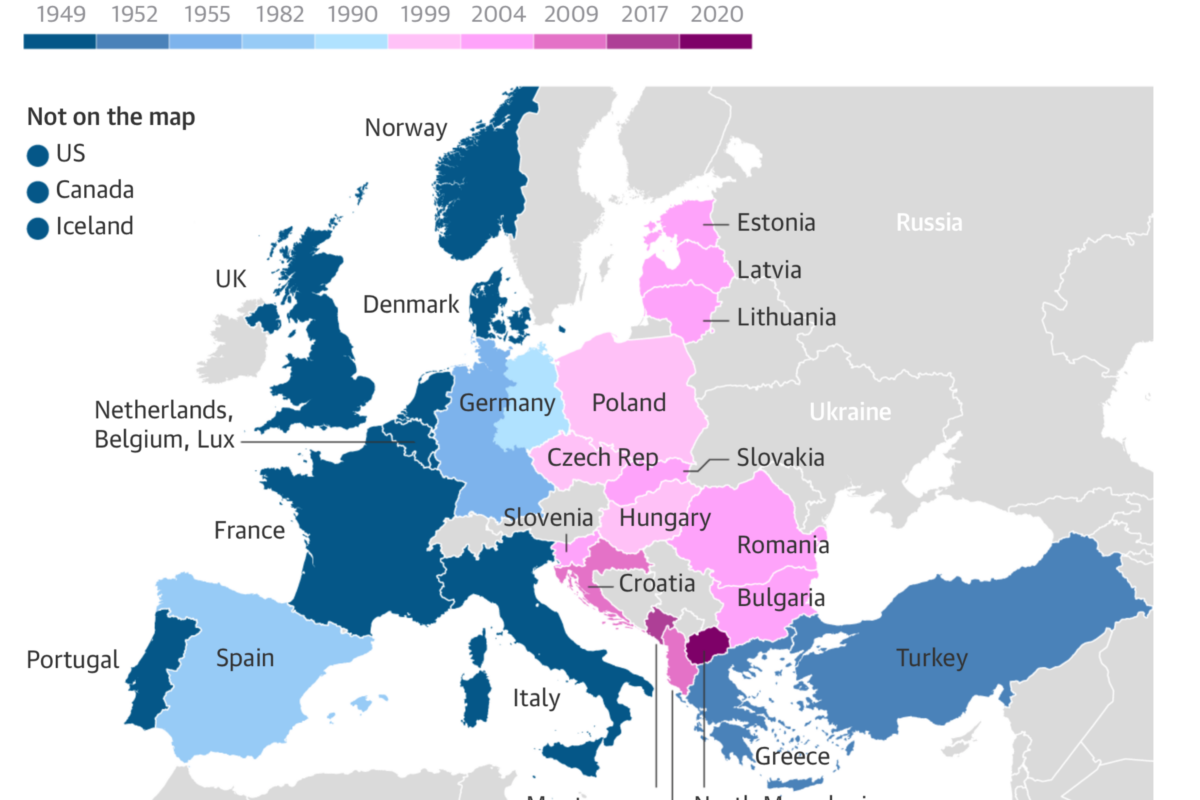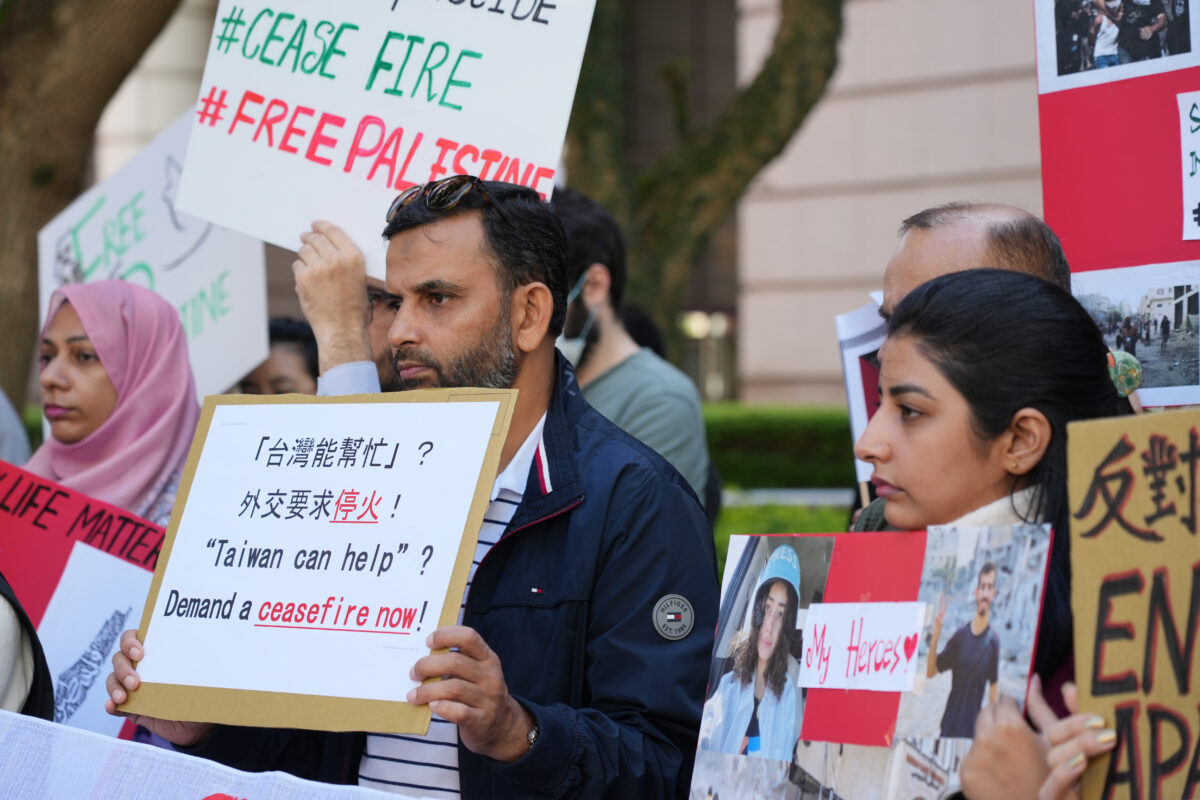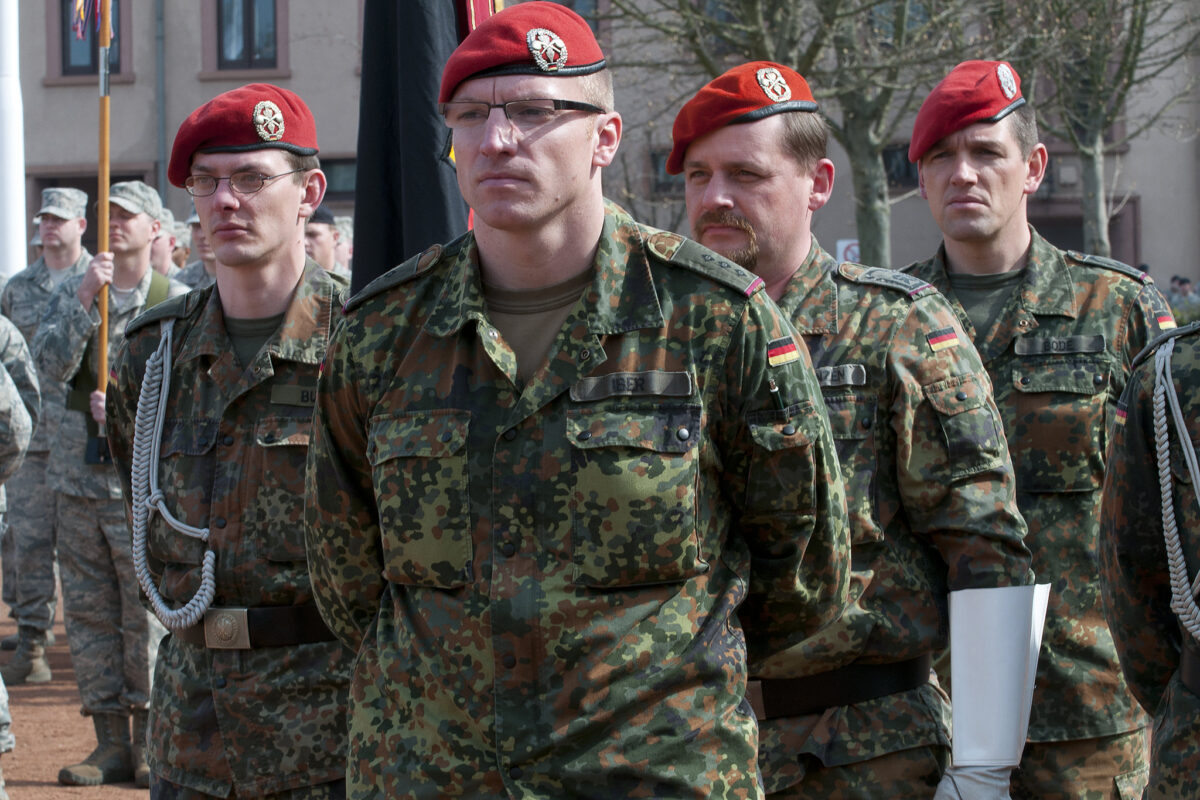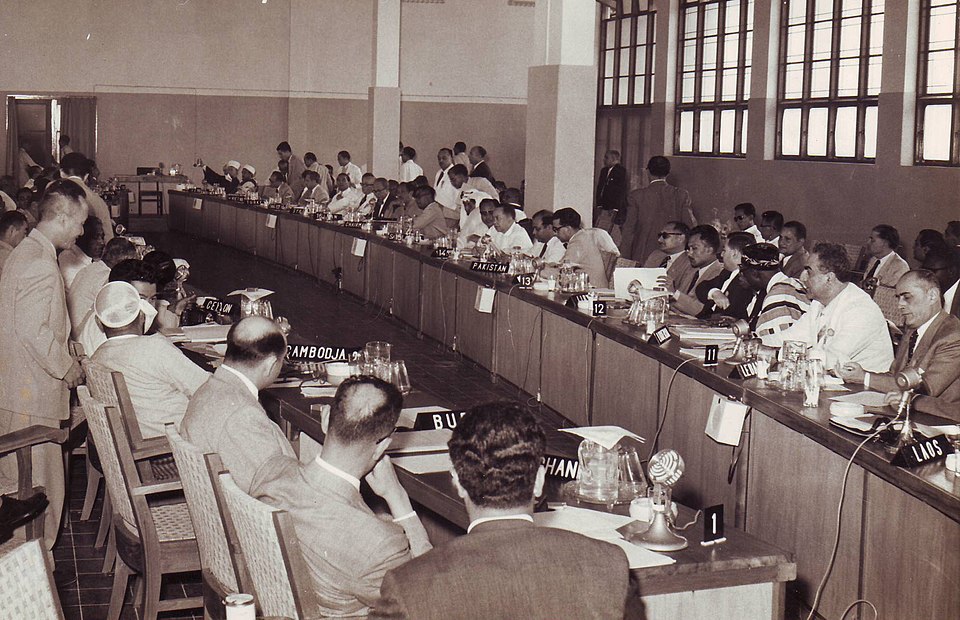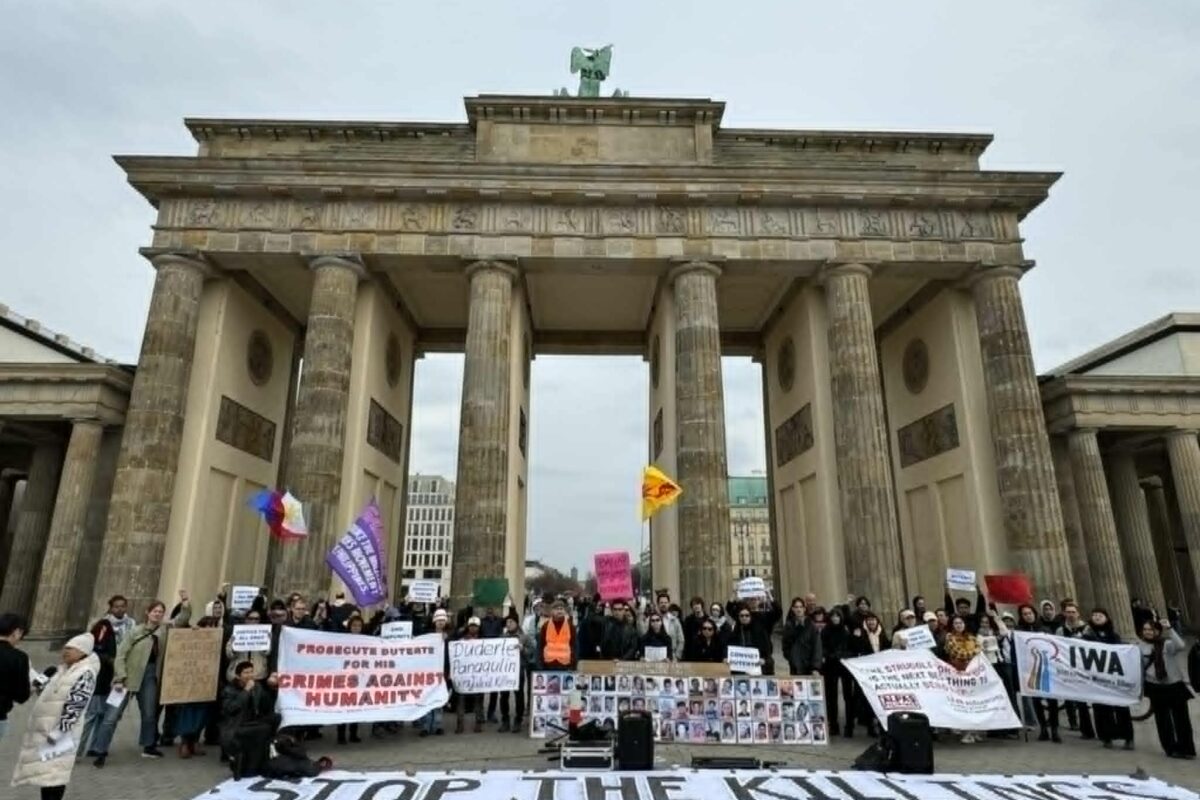For decades Ukraine has been a cauldron. After the 1991 USSR break-up, all players there share blame, nurturing prior distrust where the Eastern more ‘Russian’ side, faced a Western more ‘Polish’ side. Putin’s dictatorship supported its own ruthless supporters inside Ukraine. And the USA and its creature NATO with all European Union (EU) states encircle Russia using West Ukraine as a foil.
Underlying the macabre dance is Ukraine’s strategic value (Map below). It’s the second largest country in size (after Russia) in Europe, ranking eighth in population. Coal-rich, with a heavy industrial base from Soviet times, it has a valued technology literate, educated working class – once the major arms exporter to the USSR.
The march of privatisation profiteering in Russia was matched in Ukraine
Putin led the gangster “Siloviki” (‘strong men’ or so-called KGB Inc) after 1991. They did not sell Russia to the West, as Jeffrey Sachs preached, and Mikhail Khodorkovsky and pro-Western oligarchs wished. They wanted Russian capital for themselves. The Navalny case showed:
“Russia is a capitalist dictatorship, dominated by the clique of oligarchs who surround Putin. Putin’s rule (is) by personal decree, where stooges control all arms of the state including the judiciary, (and) democracy has been stifled.”
In Ukraine, many in the corrupt formerly Soviet state called for independence forming the party ‘Rukh’ in 1989. But in Gorbachev’s referendum on the potential breakup of the USSR in 1991, only Western Ukraine favoured independence. Across Ukraine, Leonid Kravchuk’s proposal of sovereignty within a loose ‘Union’, won out at 80%.
Events moved fast after Yeltsin’s coup. Stanlislav Hurenko, of the erstwhile pro-USSR Communist Party (CP), responded: “We must vote for independence (otherwise) we’ll find ourselves up to our ears in shit”. The new popular referendum voted 90.3% for independence.
Competing capitalist factions
Independence in 1991 Ukraine meant freedom for ‘red entrepreneurs’ to make profits. Leading ‘communists’ copied Russian capitalists in privatising (stealing) state resources. ‘Komsomol banks’ included Privatbank, which laundered $150 million via Latvia. In rushing the pig-trough, two great rival blocks of Ukranian oligarchs formed: One in the East steppe region of Ukraine, while one became entrenched in West Ukraine.
The first group in Donetsk, a mining town in the Donbas, linked to Russian ‘Silvoki’, and Putin. Ukraine’s first elected president was Kravchuk, followed by Leonid Kuchma, both former CP leaders. Both ‘privatised’ state resources, but Kuchma allied with Russian gangster Boris Biurshtein, to form ‘Ukraina Company’ to divert state funds. Their ally, Viktor Yanukovych led ‘Party of Regions’, and with Kuchma ruthlessly bribed off or physically eliminated opposition members.
The second group equally ruthless, favoured Western imperialism. Viktor Yushchenko a private banker, controlled the National Bank, and formed ‘Our Ukraine’. Yulia Tymoshenko – or the ‘Gas Princess’ made huge fortunes by corruption. She and Pavlo Lazerenko set up United Energy Systems Ukraine which made shady deals with Russian energy giant Gazprom.
After payoffs to Kuchma, Lazerenko became Prime Minister (PM). But corruption charges led to Lazerenko fleeing to the USA. Yulia Tymoshenko led ‘Hromada’, the ‘dissident’ oligarchs party, but then discovered Western Ukraine nationalism. She learnt Ukranian to form the ‘Fatherland’ party, later becoming PM.
Putin mainly backed the first section of the Ukranian oligarchy and its political representatives. But oligarchs frequently changed allegiance chasing profits.
The ‘Orange Revolution’ Maidan 1.0 to Maidan 2.0
Kuchma and his PM Viktor Yanukovych, entered an orgy of bribery, repression, and murder (of Hryhorri Gongadze, a journalist). In 2002 elections for Rada (Parliament), Yanukovych won by blatant fraud. But the presidential election in 2004 spurred even worse outrages.
Yuschehnko’s ‘Our Ukraine’ allied with Yulia Tymoshenko’s bloc, sweeping Western Ukraine. Yankuovich was heavily funded by Gazprom and Kremlin deputy chief of staff Vladislav Surkov. An attempted murder of Yuschenko using dioxin poison, left him with serious facial scarring. Tapes were revealed showing Kuchma and Yanukovich’s had orchestrated murder, bribery and vote fixing.
But Yanukovich was declared the winner, triggering huge demonstrations in Kiev in 2004. Colin Powell and the West publicly condemned the elections. After a long stand-off, the Supreme Court forced a new vote which Yuschenko won.
Tymoshenko became PM, and began new corrupt ‘re-privatisations’ (she re-nationalised oligarchic industries, to re-sell to other oligarchs). Yuschenko also paid off ‘his’ oligarchs, protecting them despite the RosUkrEnergo scandal. A battle erupted between rival oligarchs with Tymoshenko and Yuschenko as proxies. Russian Gazprom stepped in with price-gouging gas. Yuschenko entered agreements with Gazprom, only to enrich RosUkrEnergo. 3 In a bewildering series of repeated elections, in 2006 Tymoshenko became PM.
We cannot detail all events up to 2022, but 2006 and 2013 the Ukranian state was splintered during ‘Maidan 2.0’. Tymoshenko (and a later successor Petro Poroshenko) adopted racist and restrictive policies against Ukranian Russian speakers. In an interregnum the pro-Russian Donetsk gangster Yanukovych became PM. However his government baulked at ever more egregious demands of the IMF and the EU. 5
Tymoshenko, brought down Yanukovych’s government, in tandem with the US Assistant Secretary of State Victoria Nuland (whose recorded indiscretions (“Fuck the EU”) spoke volumes). Open fascists were mobilised against the Russian Ukranians. Rooftop snipers organised by Tymoshenko shot at crowds with 51 deaths. The cursory investigation ignoring evidence of Orange snipers, as Estonia’s Foreign Minster informed EU Foreign Policy chief Catherine Ashton. However it served as provocation to blame Yanukovych.
As Yanukovych’s government collapsed, the population in eastern Ukraine moved to demand its own rights. The Donetsk People’s Republic (DPR) and the Luhansk People’s Republic (LPR) in the Donbass were proclaimed in May 2014. Both were supported by Russia.
Russia organised a referendum in the Crimea, claiming that an overwhelming majority of 97% voted for annexation to Russia. This was duly carried out on February 22, 2014 by Russian troops. 5 By 2015, a civil war between the East and the Western sections of Crimea had been raging, which in muted form continues till now.
This eventually forced the “Minsk Agreement” in February 2015. This was signed by the Ukraine, the Donestsk and Luhansk leaders, and the Organization for Security and Co-operation in Europe (OSCE); and was to be mediated by France and Germany. This mediation (called the Normandy formula or the Steinmaier formula) has been repetitively stalled either by Ukraine or by Russia. Meanwhile, President Poroshenko further escalated anti-Ukranian-Russian tensions.
Since then, support for the Russian state even in the Eastern Donetsk region has fallen. 6 This despite the Presidency of Volodymyr Zelenesky – who won 75% of the vote against Poroshenko. Likely Zelensky’s support of the oligarch Kolomoisky reduced all peoples’ trust across Ukraine.
As some observers have noted “Ukraine missed the window of opportunity when it would have been much easier to implement the Minsk agreements: when it would have been a question of reintegrating a region that was admittedly hostile, but one that was nevertheless close and understood.” In essence now Russia “sees the DNR and LNR as a useful buffer zone on its western border.”
Putin and USA-NATO understand each other – where does Germany sit?
Naturally the USA denies making commitments to Gorbachev or the USSR. 7 However these are charades, as the LA Times clarified:
“Transcripts of meetings in Moscow on Feb. 9, 1990, Secretary State James Baker suggested (to Mikhail Gorbachev) that in exchange for cooperation on Germany, U.S. could make “iron-clad guarantees” that NATO would not expand “one inch eastward.”..
the quid pro quo was clear: Gorbachev acceded to Germany’s (reunification) and the U.S. would limit NATO’s expansion… by October, U.S. policymakers were contemplating… when to “signal to the new democracies of Eastern Europe NATO’s readiness to contemplate their membership.”
In 2007 at the Munich Security Conference, Putin laid out the problem:
“NATO is not a universal organisation, as opposed to the UN. It is first and foremost a military and political alliance, military and political! Well, ensuring one’s own security is the right of any sovereign state. We are not arguing against this… But why is it necessary to put military infrastructure on our borders during this expansion?”
Meanwhile since German reunification, NATO has added 14 new members. One should ask whether the USA would tolerate Russian troops on the Canadian border?
By 2009 the German military considered division of Ukraine, enabling West Ukraine to join the EU. The Steinmeier plan (or ‘Normandy’ talks) puts an ‘Ostpolotik’ veneer on. 8 Actually this replays Paul Rohrbach, who saw Russia and Ukraine as an ‘orange’ with segments to peel off. His views culminated in Ukranian-Nazi collaboration with Stepan Bandera. Editors of “German-Foreign-Policy.com” service argue this is followed today:
“In 1952, Rohrbach.. wrote.. one must “unleash the centrifugal forces within the Soviet Union.” The “strongest “… is “the national self-consciousness of the Ukrainian people, with its will to obtain national sovereignty.” … Since then Berlin has been systematically working to bring Ukraine into its hegemonic sphere of influence on an exclusive and permanent basis.”
Steinmaier’s Normandy plans for such a division. Other German intellectuals authorities Like Prof. Johannes Varwick, see “Finlandization” of Ukraine as a solution.
What brought the cauldron to boiling point?
In February 2021, Yelsensky ratcheted up tensions, moved further to the Western Ukranian side:
“Ukrainian President Volodymyr Zelensky’s actions are in sharp contrast with the peacemaker image that he cultivated… he closed down three pro-Russian TV channels, accusing their owner of financing Donbas separatists. This was followed on February 19 by a barrage of sanctions against a number of Ukrainian and Russian individuals and companies on the same charges. The most notorious name on the sanctions list was Viktor Medvedchuk.. (who) heads the Opposition Platform ‘For Life’, the country’s leading pro-Russian party… Vladimir Putin’s right-hand man in Ukraine for the past two decades.”
Increasingly opinion polls see voters becoming disillusioned with Zelensky. Putin frustrated at the inertia of the Normandy talks previously invited US Secretary State John Kerry to participate. But Germany and France vehemently rejected this. Current troop massing is aimed at forcing division of the Ukranian state. Russia and the USA and Germany see this as inevitable, but persuading Ukraine requires brinkmanship.
Where to now?
Well before December 2021, the Ukranian situation was untenable. It was about par economically with the Soviet Union before 1990. Since then GDP per capita halved by 1996, and is now 20 percent lower than in 1990.
The Ukranian national vacillations, opposed to Russian desire for a ‘safety zone’ division – blocked progress in Normandy talks. The former US former U.S. National Security Council official Fiona Hill acknowledged to ‘Der Speigel, that German ‘responsibility’ for today’s situation is visible:
Der Spiegel: The US government is open to supporting a Ukrainian insurgency with arms in the event of a Russian invasion. The federal German government refuses arms deliveries. Doesn’t that undermine a powerful anti-Putin coalition?
Hill: What we need is a coordinated response. Because it is Russia’s goal to play everyone off against each other. If the German government does not want to supply weapons for historical reasons, it could help launch a much more powerful diplomatic initiative. Germany shares responsibility for the situation we are in now. It was Angela Merkel who opposed an action plan for the accession of Georgia and Ukraine at the 2008 NATO summit in Bucharest. At the same time, however, it did not prevent a compromise that held out the prospect of both countries joining at some point, albeit without a concrete timetable. I believe our problems can be traced back directly to 2008, when everyone involved was trying to find a face-saving compromise.” 9
The USA has suffered withdrawal from Afghanistan, following evident failure in Iraq, and is seriously internally divided. Hill recognises that Russia tries to take advantage of this:
Hill: I think Putin sees that the USA – also due to the withdrawal from Afghanistan – gives a weak picture. Britain is at odds with France and most of the EU. Poland is at odds with Brussels… Of course, Putin knows that there are many in Germany who sympathize with the Russian perspective…. The Iraq war in 2003 was a real turning point for Russia. I think the US invasion was a serious strategic mistake.”
Conclusions
Predictions are often tricky. However it does seem unlikely – for now – that either Russia or NATO-USA want a war immediately. As for the EU – France has long called for an ‘independent’ European military force. Germany has been more cautious trying to ride several horses. But with the increasingly tense race between USA and Chinese imperialism, as tensions rise Germany will have to choose. That choice will pull on the EU.
Marxists see that a new world re-division is in the works. The world’s powers grappled with capitalist crisis after the great crash of 2008. Invariably rivalries become clearer.
US imperialism will face off at some time in the coming decades against a coalition of the two imperialisms of China and Russia. Probably now is not that time. Yet, it is ever clearer also – that the working class – has no independent party of strength in either those countries or in Europe.
“A longer particle on this issue will appear shortly at Marxism-Leninism Currents Today
Footnotes
1 Andrew Wilson, ‘Ukraine’s Orange revolution’; New Haven 2005; p.8-24; p.31-37.
2 Wilson Ibid p.39; p. 118; 135; 2.
3 Wilson 2009; p. 329.
4 Edward S. Herman and David Peterson ‘The Ukranian crisis & the propaganda system”; in Ed: Stephen Lendman ‘Flashpoint In Ukraine”; Atlanta GA; 2014; p.178-180
5 Guy Chazan & Courtney Weaver, ‘Russia’s return’; Financial Times March 22, 2014.
6 Bikus, Z. Gallup Poll (2019, March 26); cited Joseph Jack Place, “Zelensky”; in Carsten Sander Christensen, ‘Analyzing Political Tensions Between Ukraine, Russia, and the EU’; 2020, Billund Denmark.; p. 270
7 Peter Baker, ‘In Ukraine Conflict, Putin Relies on a Promise That Ultimately Wasn’t’; 9 January 2022; New York Times.
8 Patricia Daehnhardt & Vladimír Handl (2018) Germany’s Eastern Challenge and the Russia–Ukraine Crisis: A New Ostpolitik in the Making?, German Politics, 27:4, 445-459,
9 Kriegsgefahr in Osteuropa – “Wir sollten uns nicht beluegen und glauben Putin bluffe nur”; Interivew Rene Pfister with Fiona Hill, Der Spiegel 21.01.2022
